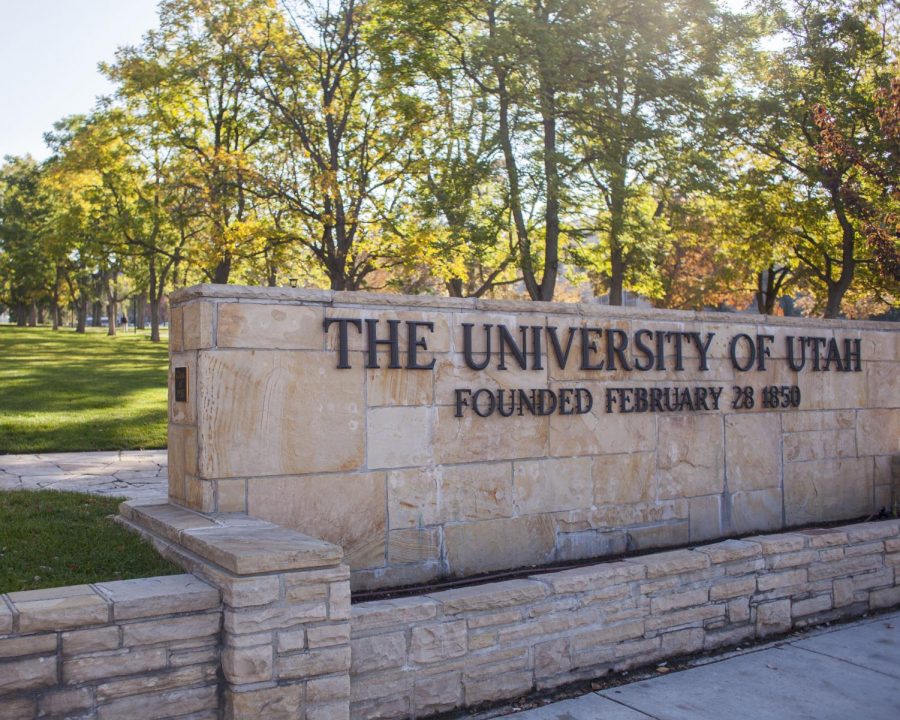Letter: Colleges Need to Listen to Students this Spring
November 16, 2020
The Fall 2020 semester is approaching its endgame. For the main campus, classes are slated to end on Dec. 3 and finals should be completed by Dec. 11.
As we approach the end of the semester, it is important for students, professors and the University of Utah’s administration to take some time to reflect on this semester. When plans for the semester were made, the U, like all schools, was operating on imperfect information, and faculty were required to make drastic changes to their teaching methodology and curriculum to adapt to online education.
For many teaching faculty, this meant not only changing curriculum and methods to an online environment — and in some cases, an “asynchronous” environment where live student feedback was limited — but also learning how to run an online class for the first time. For faculty who already used online tools to some extent, this learning curve was significant but limited to applying their skills to a fully online class. For others, however, this also required them to learn how to use tools like Canvas for the first time.
I think it is fair to summarize the fall semester as a moving target, where the faculty, administration, and students had to make the best of a bad situation under time and resource constraints. In my own experience, and that of my classmates and peers of various majors, this has been met with varied success. With respect to the efforts made by professors and faculty in this crazy year, U faculty and the administration need to make changes and improvements to their process for the Spring 2021 semester.
Unfortunately, as tiring and frustrating though remote learning is, it isn’t going away this spring. Students will again have at least a two-week period of fully online education for all classes, in addition to normal hybrid and online courses. The continued need for distanced learning means that the U’s administration — both at a campus-wide level and within each college and department — and individual faculty should solicit and integrate feedback regarding what did and didn’t work this semester so spring can offer better opportunities for students and more satisfactory outcomes for faculty.
Starting with student and faculty feedback is an important first step because it provides the U with useful information from students who have seen the online teaching methodology of multiple professors, and from faculty who have seen the impact of their teaching style on grades, student engagement and the class environment. While not all suggested improvements will be feasible, students have experienced these classes, have recommendations to give and deserve input on what changes will be made for next semester’s COVID-19 class design.
The main campus administration has distributed a campus-wide survey, addressing both circuit breaker classes and online-entirely classes. This is an excellent start. However, I encourage the U’s colleges, schools and departments to take time for their student and faculty communities to gather feedback, reflect and implement improvements.
My own college’s Student Bar Association has circulated a document for law students to provide input and make recommendations for tweaking class design next semester. These suggestions are being aggregated and the Student Bar leadership intends to pass them on to the administration and faculty so that classes are better designed, operate more smoothly — for both faculty and students — and are more deliberate in setting expectations for things like student class participation and class assessments.
The suggestions offered by my peers have been wide-ranging, from quality-of-life improvements to make Zoom classes work better, to substantive suggestions such as how to adapt the dreaded ‘cold-call’ Socratic method of teaching so famous to law schools to better function in a remote learning environment. Importantly, these suggestions include specific recommendations for changes and provide examples of faculty whose class structure has worked well in the remote format.
The U is a large institution with 17 different colleges and schools. Thanks to that, a campus-wide survey can only provide the most general of recommendations. The various colleges, schools and academic departments should therefore take time this semester to gather feedback from faculty and students, and distill those suggestions into best practices to provide to their educators so that next semester is better. Faculty are busy, particularly as finals approach, and the administration can help make improvements easier by taking the lead in gathering feedback and synthesizing suggestions for improvement.
Fall semester was a case similar to building a plane while attempting to fly it, and as a result, weaknesses in class design and expectations were not ideal, while still understandable. There is no reason that the challenges that faculty and students are seeing play out across the campus this semester cannot be investigated and addressed so that students and faculty see better outcomes in the spring. These efforts can help reduce unnecessary stress for students and for teaching faculty while helping the U take the lead in developing better models for higher education during the COVID-19 pandemic.
— Landon Troester, Student at S.J. Quinney College of Law







